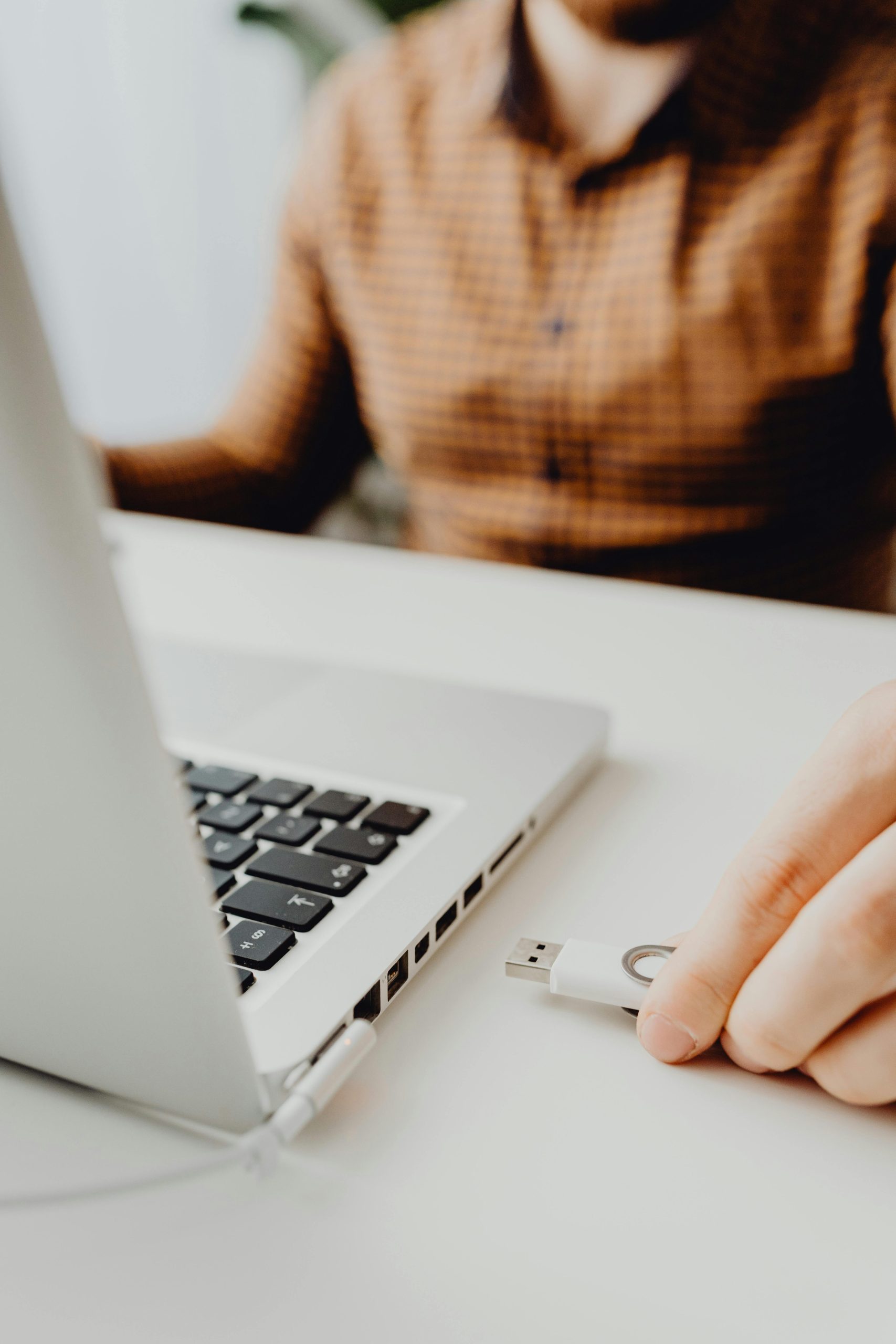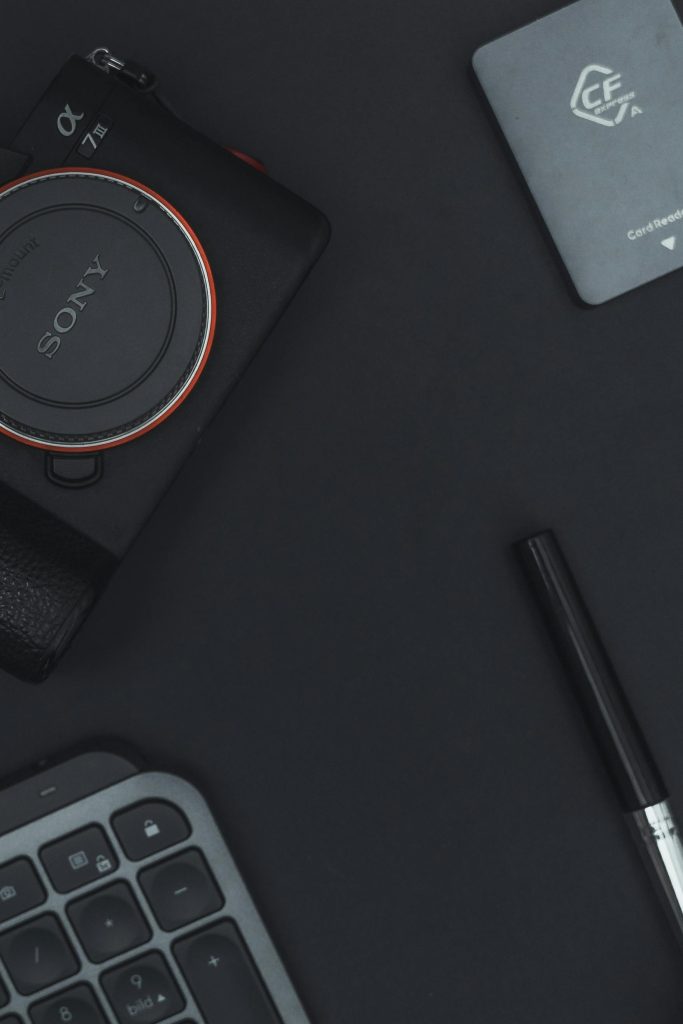Recovering Data from a Damaged USB Drive: Strategies and Solutions
Introduction
In today’s digital age, external storage devices such as USB drives are indispensable for data transfer and backup. However, over time, they can become corrupted or damaged, leading to challenges in retrieving valuable files. Recently, I encountered an old USB flash drive—approximately 8GB in size—that exhibited unusual behavior: it was recognized by Windows, but file transfer attempts would freeze. Specifically, the drive contained over a decade’s worth of Minecraft worlds, making data recovery particularly desirable. This article explores the common issues associated with partially corrupted USB drives and provides effective methods to recover your data.
Understanding the Issue
Upon connecting the USB drive to a Windows computer, a notification appeared indicating the device was damaged. Attempts to copy files resulted in the process hanging or getting stuck, preventing successful data retrieval. Such symptoms are often indicative of filesystem corruption or physical damage to the drive’s storage medium.
Common causes include:
- Physical wear or aging of flash memory
- File system corruption due to improper ejection or power loss
- Logical errors within the drive’s partition table or filesystem
- Bad sectors or hardware failures
Preliminary Steps
Before attempting data recovery, it’s essential to minimize further risks:
- Avoid writing new data to the drive. This reduces the chance of overwriting your existing files.
- Use a different USB port or computer to rule out hardware compatibility issues.
- Do not run any repair utilities immediately, as they might cause more harm if the drive is physically damaged.
Data Recovery Strategies
Given the symptoms, here are some methods to recover data from a compromised USB drive:
1. Use Disk Management and Disk Checking Tools
- Open Disk Management (press Win + X, then select Disk Management) to see if the drive appears with a healthy partition.
- Run Check Disk utility:
Open Command Prompt as administrator and run:
bash
chkdsk X: /f /r /x
ReplaceX:with the drive letter assigned to your USB.
Note: This process may repair minor filesystem issues but can sometimes cause further damage if the drive has severe hardware faults.
2. Use Data Recovery Software
Specialized data recovery tools can scan damaged drives and extract accessible data:
- Recuva: User-friendly for simple recoveries.
- **EaseUS
Share this content:



